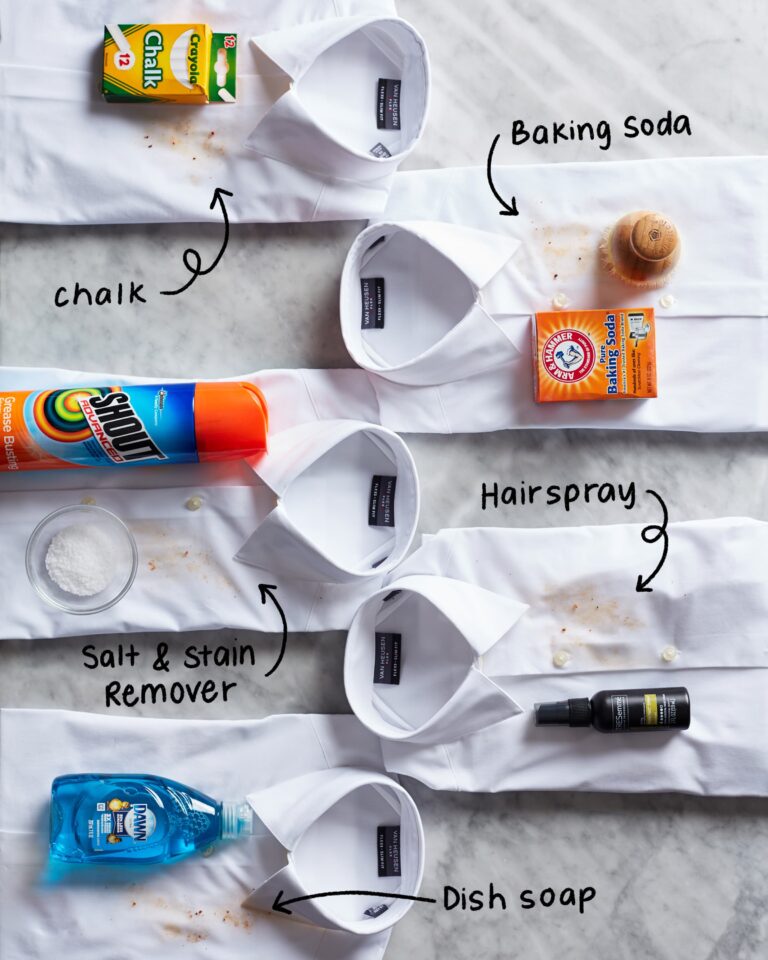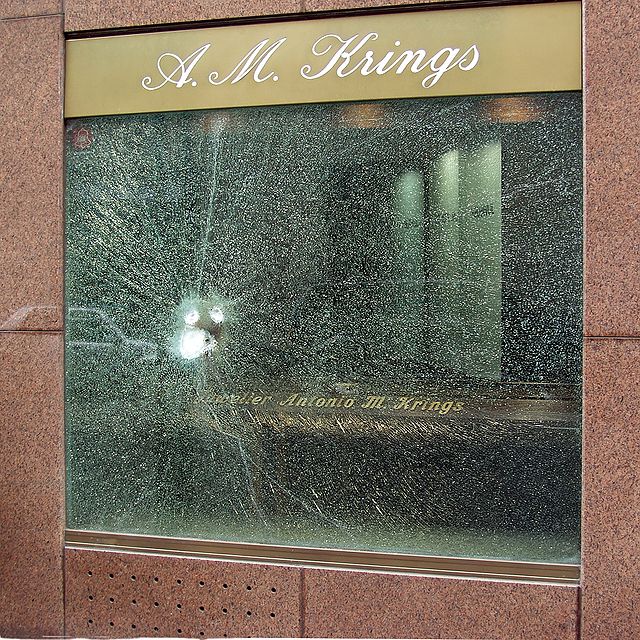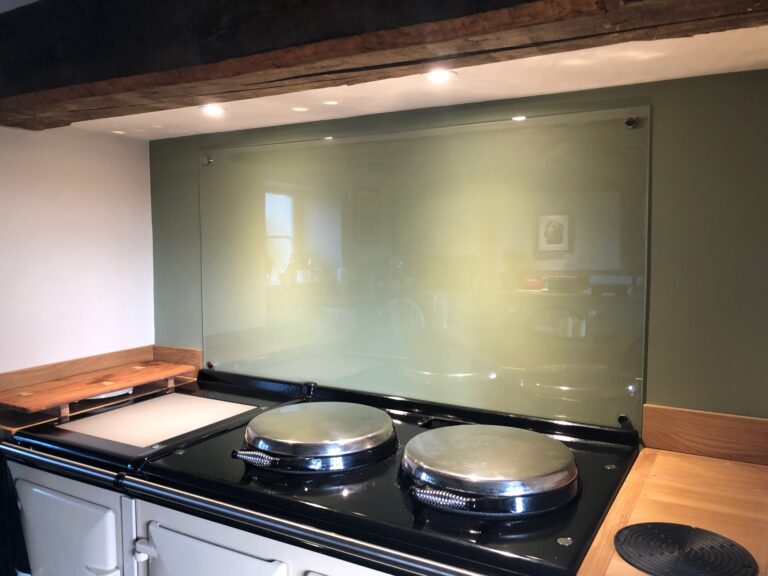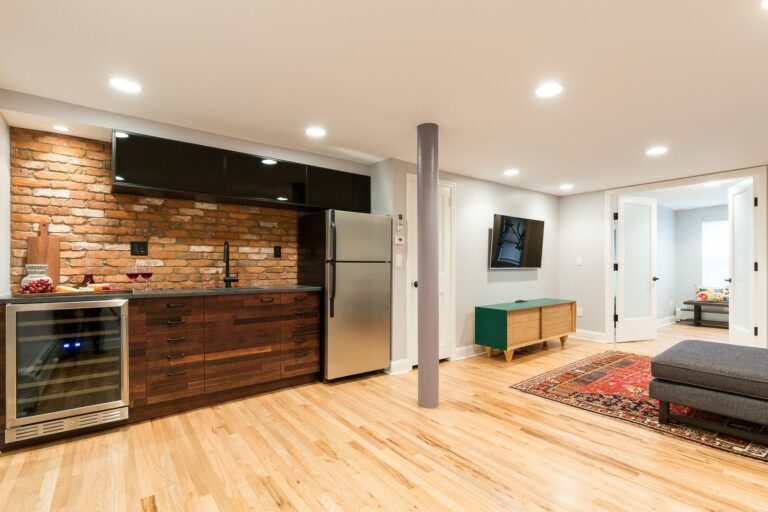Channel Drain Vs French Drain
A channel drain and a French drain are two systems for managing water runoff. Both systems involve digging a trench to collect and redistribute surface water, but they differ in terms of design and installation. A channel drain is a pre-formed, open-bottomed, linear trench, usually made of plastic, which is installed in a shallow trench and connected to a drainage pipe. A French drain is a much deeper trench, usually filled with gravel, that has no bottom and is connected to a perforated pipe. Both systems are effective at collecting and redirecting water, but depending on the situation, one may be more suitable than the other.
Overview of Channel and French Drains
A channel drain and a French drain are two types of drainage systems that are used to control the flow of water away from a home or property. Both systems work in similar ways, but there are some key differences between them.
Channel drains are designed to collect and divert surface water away from an area. They are usually installed along the perimeter of a property or home and feature a flat bottom with a shallow channel. The channel is designed to collect and contain surface water, preventing it from pooling around the edges of the property.
French drains, on the other hand, are used to divert water away from an area that is prone to flooding or water damage. These drains are usually set below grade and feature a deeper channel with a perforated pipe. The pipe is designed to collect water and disperse it away from the area, allowing it to drain away quickly and efficiently.
Both channel and French drains are effective solutions for managing water, however, there are some key differences between them. Channel drains are ideal for managing surface water, while French drains are better suited for dealing with flooding and water damage. Furthermore, French drains require more maintenance than channel drains and should be inspected regularly to ensure they are in proper working condition.
Advantages of Channel Drains
Channel drains, also known as trench drains, are an effective way to manage surface water runoff near your property. They can be used for both residential and commercial applications, making them an ideal choice for many. Channel drains offer many advantages over French drains, such as their ease of installation, flexibility, and improved water flow.
When it comes to installation, channel drains are much quicker and easier to install than French drains. Channel drains are typically installed in a shallow trench, making them less invasive than other drainage systems. They are also more flexible, allowing them to be installed in any shape or size that you need. This makes them a great option for drain installation in tight spaces.
Channel drains also provide better water flow than French drains. Since they are installed in a shallow trench, channel drains provide more consistent water flow than French drains. This helps reduce the risk of flooding and standing water, while also reducing the chances of water pooling in low-lying areas.
Overall, channel drains provide many advantages over French drains. They are easier and quicker to install, more flexible, and provide better water flow. If you’re looking for an effective way to manage surface water runoff near your property, consider installing a channel drain.
Advantages of French Drains
When it comes to water control and drainage solutions, French Drains offers several advantages over traditional Channel Drains. A French Drain is a system of pipes lined with gravel or rock that allow water to flow away from a structure. In comparison, Channel Drains are a type of surface drainage system designed to collect and dispose of rainwater quickly and efficiently.
French Drains are the preferred choice for many due to their ability to provide effective drainage around a building, without the need for trenching or digging. This makes them ideal for areas where the soil is hard or rocky, as no digging is required. French Drains are also much more aesthetically pleasing than Channel Drains, as they can be camouflaged with plantings and landscaping.
Unlike Channel Drains, French Drains are designed to capture and redirect water away from a structure, while still allowing the soil to drain. This means they are better suited to controlling water runoff and preventing water damage. French Drains are also more effective at managing water during heavy rainfall, as they can absorb and disperse large amounts of excess water.
In conclusion, French Drains offer several advantages over traditional Channel Drains, including easier installation, improved aesthetics, and better water management. As such, they are the preferred choice for many homeowners and businesses looking to improve the drainage around their property.
Disadvantages of Channel Drains
Channel drains are a popular choice for controlling water runoff in gardens and landscaping projects. However, like any drainage system, they have their disadvantages. One of the main drawbacks of a channel drain is that it can be costly to install, especially if they need to be custom-built to fit the space. Additionally, they can be difficult to maintain due to their location and design, as there may be dirt and debris buildup that needs to be regularly cleared. Channel drains also have a limited capacity, meaning that they can’t handle large amounts of water. Finally, they may not be suitable for certain types of soil, as they can be prone to clogging if the soil is too sandy or too clay-like. For these reasons, it’s important to assess the area and choose the right drainage system for your needs.
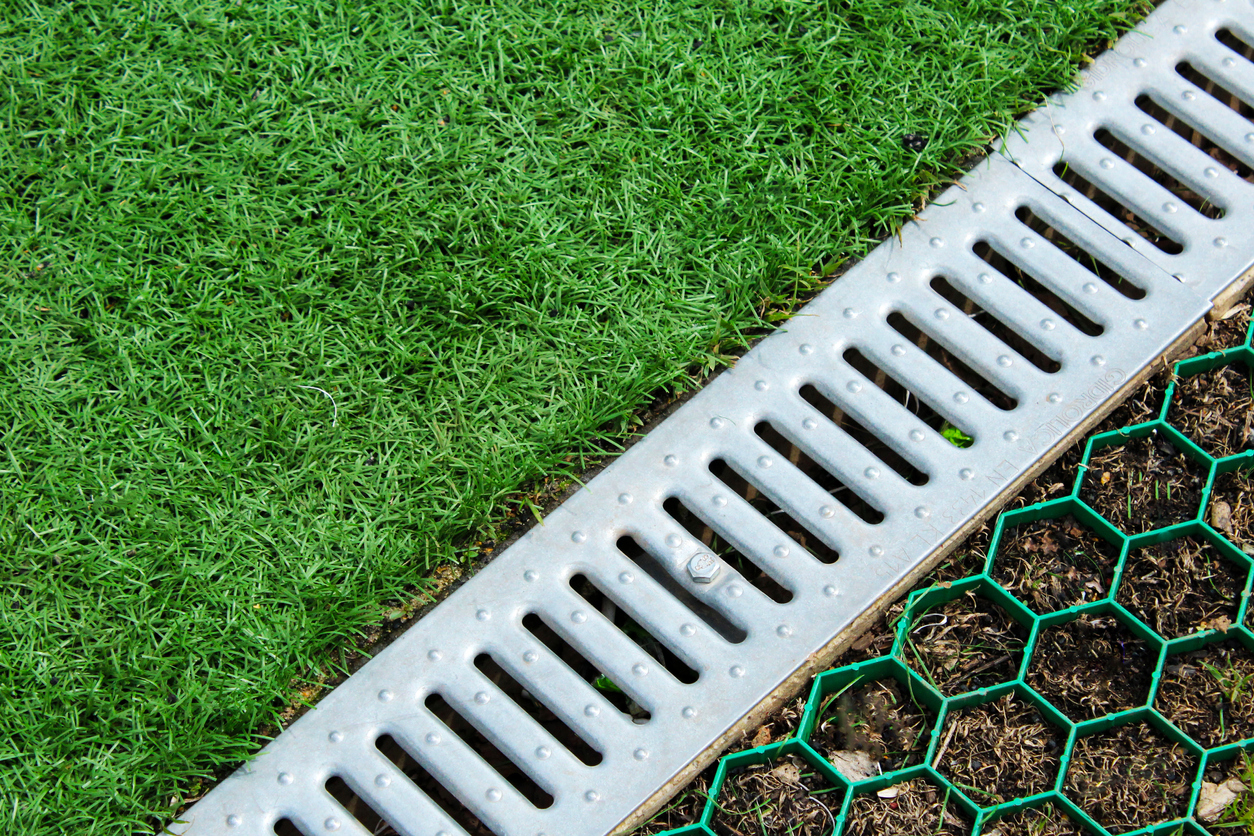
Disadvantages of French Drains
French drains are an effective drainage solution, however, they come with some disadvantages. One of the main disadvantages of a French drain is the amount of labor and cost associated with installation. A French drain requires excavation and trenching, which can be costly and time-consuming. Additionally, if the drain is not properly installed, it can cause water to pool or become stagnant. French drains can also be difficult to maintain, as they require regular cleaning and clearing of any obstructions. Furthermore, due to their size and structure, French drains can be prone to clogging from leaves, dirt, and debris, which can lead to standing water and stagnant water. Finally, French drains can be a safety hazard, as the trenches created can be a tripping hazard, and the water can lead to slippery surfaces.
In contrast, channel drains are a more efficient and cost-effective solution. Channel drains are much easier to install, and require minimal excavation. They are also much more versatile, and can easily be adapted to fit any landscape. Channel drains are also much easier to maintain, as they can easily be cleared of any debris or obstructions. Finally, channel drains are much safer, as they are level with the ground and don’t create any tripping hazards.
Overall, the choice between a channel drain and a French drain depends on the specific needs of the homeowner or business. French drains are an effective solution but require more labor and maintenance. On the other hand, channel drains are easier to install, and maintain, and provide a safer solution.
When to Use a Channel or French Drain
When it comes to drainage solutions, channel and French drains are two of the most popular options. Both offer effective ways to move water away from your home or business, but the best solution for your needs will depend on the particular environment and your preferences. To better understand the differences between channel and French drains, it’s important to consider a few key factors.
The main distinction between channel and French drains is the type of pipe used. Channel drains utilize a sloped, open-bottom pipe, while French drains use a perforated pipe that is covered with gravel or a similar material. This difference in design affects the overall capacity and speed of water flow. A channel drain is best suited for areas with heavy surface runoff, as the open-bottom design allows water to quickly pass through the pipe. French drains, on the other hand, are better for areas with a higher water table, as the perforated pipe encourages the water to slowly seep into the surrounding soil.
It’s also important to consider the cost and installation process when deciding between a channel and a French drain. Channel drains tend to be more affordable and easier to install, while French drains require more time and effort. This is because French drains need to be properly lined and filled with gravel.
In the end, the best drainage solution will depend on your specific needs. Consider the cost, installation process, and drainage capacity when deciding between a channel and a French drain. Make sure to consult with a professional to ensure that you select the most suitable option for your property.
Installation of Channel and French Drains
Installing a drain system in your property is a great way to protect it from flooding and other water-related damage. But which type of drain should you install? Channel drains and French drains are two of the most popular options. Each type of drain offers different advantages, so it’s important to understand the differences between channel drains and French drains to make the best decision for your property.
Channel drains are installed along the perimeter of the property and feature a grated top to prevent debris from entering the drain. They are often used to divert water away from structures and into a drainage system. Channel drains can be installed quickly and easily and require minimal maintenance.
French drains, on the other hand, are trenches filled with gravel and pipe, and they can be installed virtually anywhere on a property. French drains are typically used to catch water that enters the area, and they can be used to divert and collect water from multiple points. They provide a more comprehensive solution than channel drains, but they require more time and effort to install.
Ultimately, the type of drain you choose for your property depends on your specific needs. If you’re looking for a quick and easy solution, a channel drain is a great choice. However, if you need a more comprehensive solution, a French drain is likely the better option.
Maintenance of Channel and French Drains
Channel and French drains are two different types of drainage systems used to direct water away from areas where it can cause problems such as flooding. They both have their maintenance requirements, and it is important to understand the differences between the two to ensure the long-term functionality of the system.
Channel drains are designed to be self-cleaning, and generally require little-to-no maintenance. To keep the channel drain in optimal condition, it is important to regularly check for debris accumulation and remove any leaves, twigs, and other debris that may be clogging the system.
French drains, on the other hand, require more frequent maintenance. The drain should be checked and cleared of any debris that has accumulated at least once a year. In addition, it is important to regularly inspect the pipes for any signs of cracks or leaks and to check the surrounding soil for water accumulation.
Both types of drains require regular maintenance to ensure that they are working optimally. It is important to be aware of the differences between the two and to be proactive in maintaining the system. By regularly checking and clearing the drains of debris, inspecting for damage, and checking the surrounding soil, homeowners can be sure that their channel and French drains will remain in good condition and continue to provide long-term protection against flooding.
FAQs About the Channel Drain Vs French Drain
Q1: What is the difference between a Channel Drain and a French Drain?
A1: A Channel Drain is a shallow, linear trench system that is designed to collect and divert surface water away from hardscapes and into a designated drainage area. A French Drain is a deeper trench system with a perforated pipe and gravel or other aggregate material to help divert water away from an area.
Q2: What are the advantages of a Channel Drain over a French Drain?
A2: A Channel Drain is generally easier and less expensive to install than a French Drain. It is also much less disruptive to existing landscaping and hardscapes.
Q3: What are the advantages of a French Drain over a Channel Drain?
A3: A French Drain is better at diverting large amounts of water away from an area and it is better at preventing erosion. It is also more effective in areas with soggy or clay soils.
Conclusion
Both channel drains and French drains are effective methods for controlling surface water, but they each have their advantages and disadvantages. Channel drains are more aesthetically pleasing and require less maintenance than French drains, but they have less capacity for water flow. French drains, on the other hand, are less expensive and can handle larger amounts of surface water, but they are more difficult to install and maintain. For most residential applications, a channel drain is the best choice for controlling surface water.


